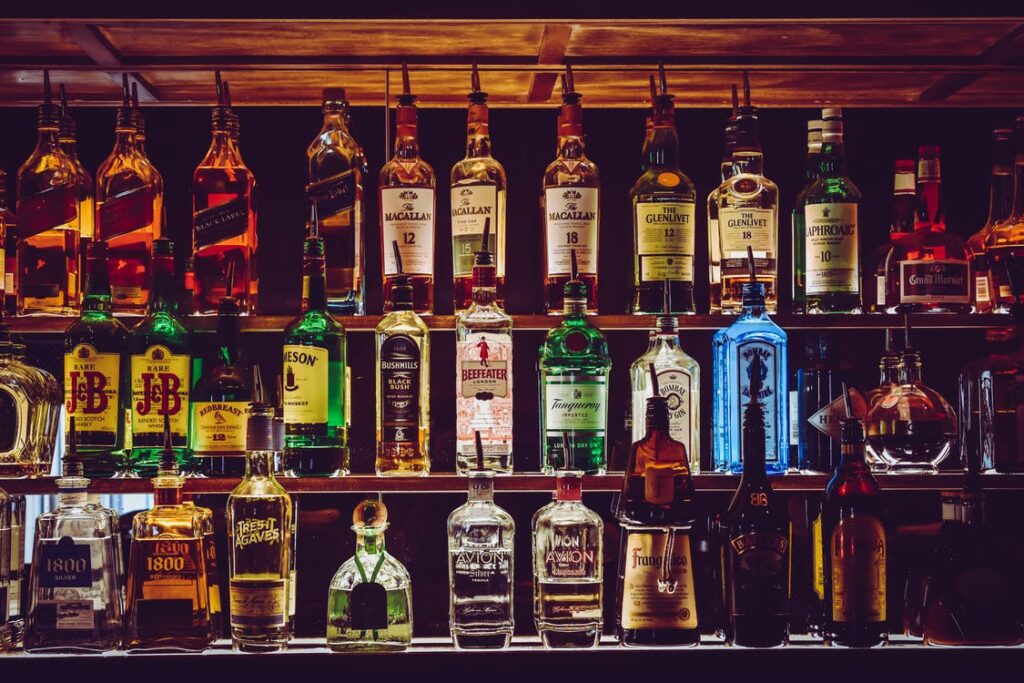Scotch Whisky, at first glance, appears to be a simple alcoholic beverage. Scotch Whisky, made from malt, grain, or a combination, may have many flavors and fragrances thanks to these three simple ingredients.

However, the fact remains that we may alter whisky’s taste and texture in a wide variety of ways, resulting in whisky’s wide-ranging variety. The flavor of the whisky you drink in the end depends on several factors, including how the barley was malted, how long the fermentation process lasted, how many contacts it still had with copper, and, of course, the type of cask used and the amount of time it was allowed to age.
There is a specific function performed by each component during the manufacturing process that results in the final product. The “last step,” or maturation, is among these procedures.
Whisky aging is deceptively tricky; it requires more than just storing distillate in a barrel and letting it alone. In reality, the method can determine the quality of the finished whisky; if the barrel and maturation are mishandled, the distiller may have to start over. There is a possibility that this won’t be known until much later.
The Influence of the Cask’s Wood Type on Your Whisky
By legislation, Scotch whisky casks must be made of wood, although there is no restriction on the type of oak used. Quercus is the Latin word for “oak,” There are over 600 different types of oak trees across the globe. Oak trees may be found throughout the Northern Hemisphere, including in North America, Europe, and even certain portions of Asia and North Africa.
American and European oak barrels, commonly repurposed from the Bourbon whisky and Sherry wine industries, are used in Scotch whisky production.
Oaks vary primarily in terms of how permeable the wood is. Because of its greater density, American Oak has less impact on the spirit world. Casks made from American Oak are more uniform in size and shape because the trees grow straight and have fewer knots than European Oak. European Oak’s increased porosity means it will contribute more of a wood flavor, including some spicy undertones.
Varying types of oaks can be used for the final coat. In 1993, for instance, Glenmorangie launched a series of whiskies finished in various kinds of oak barrels to showcase the unique characteristics of each expression. The series utilized a variety of oak trees native to the United States, including the Missouri Oak, Burr Oak, Chinkapin Oak, Swamp Oak, and Post Oak, plus a single European oak, the Truffle Oak native to the Black Forest.
The 2017 release of Ardbeg Kelpie was aged in both American and European oak barrels, including Virgin Oak from the Black Sea coast. The length of time the spirit is completed, the sort of barrel it was aged in, and a host of other factors all contribute to the vast array of different expressions.
While American oak is more commonly used because of its subtler characteristics and simplicity of working with when coopering casks and barrels, European oak will provide a more robust woody flavor to your whisky.